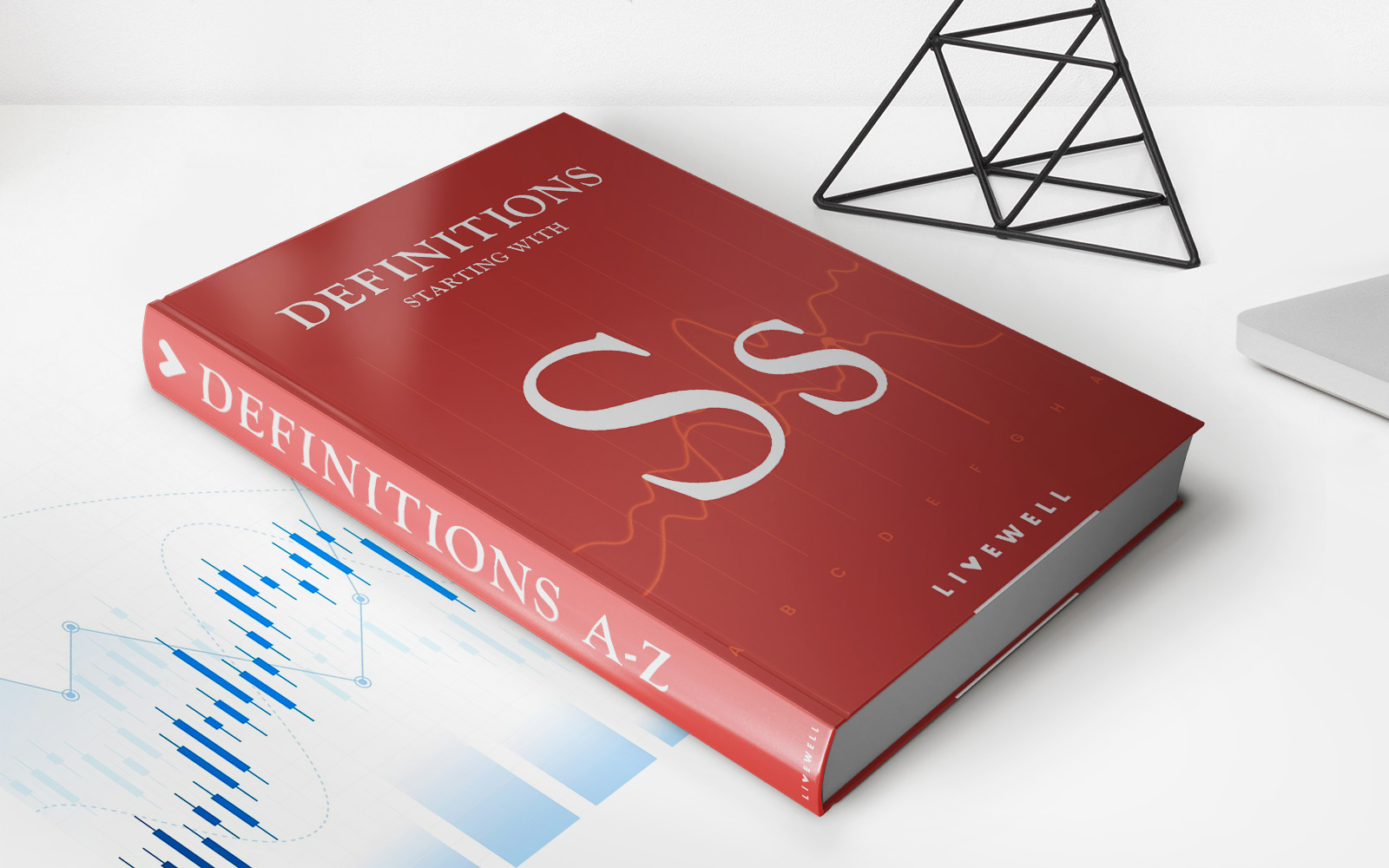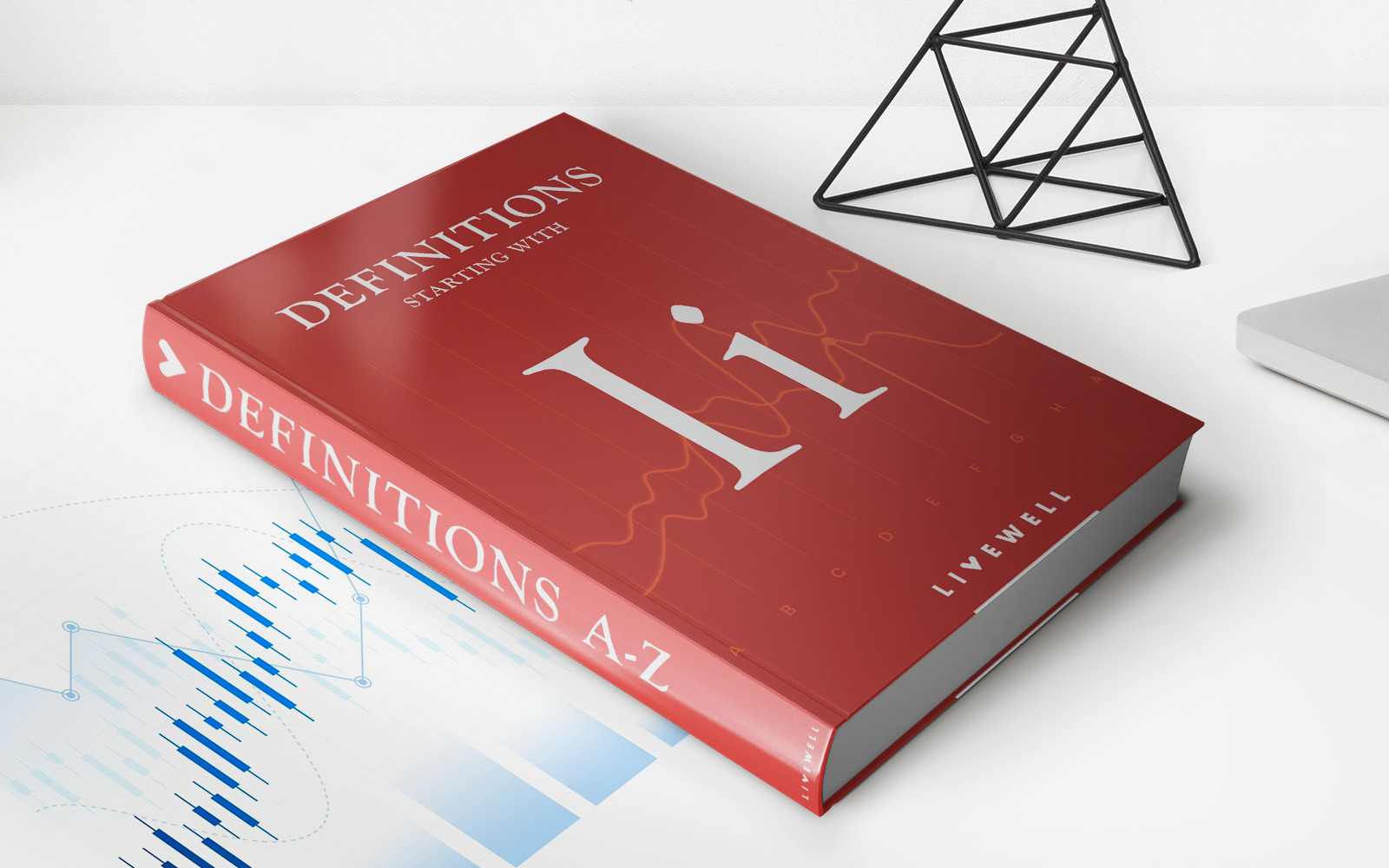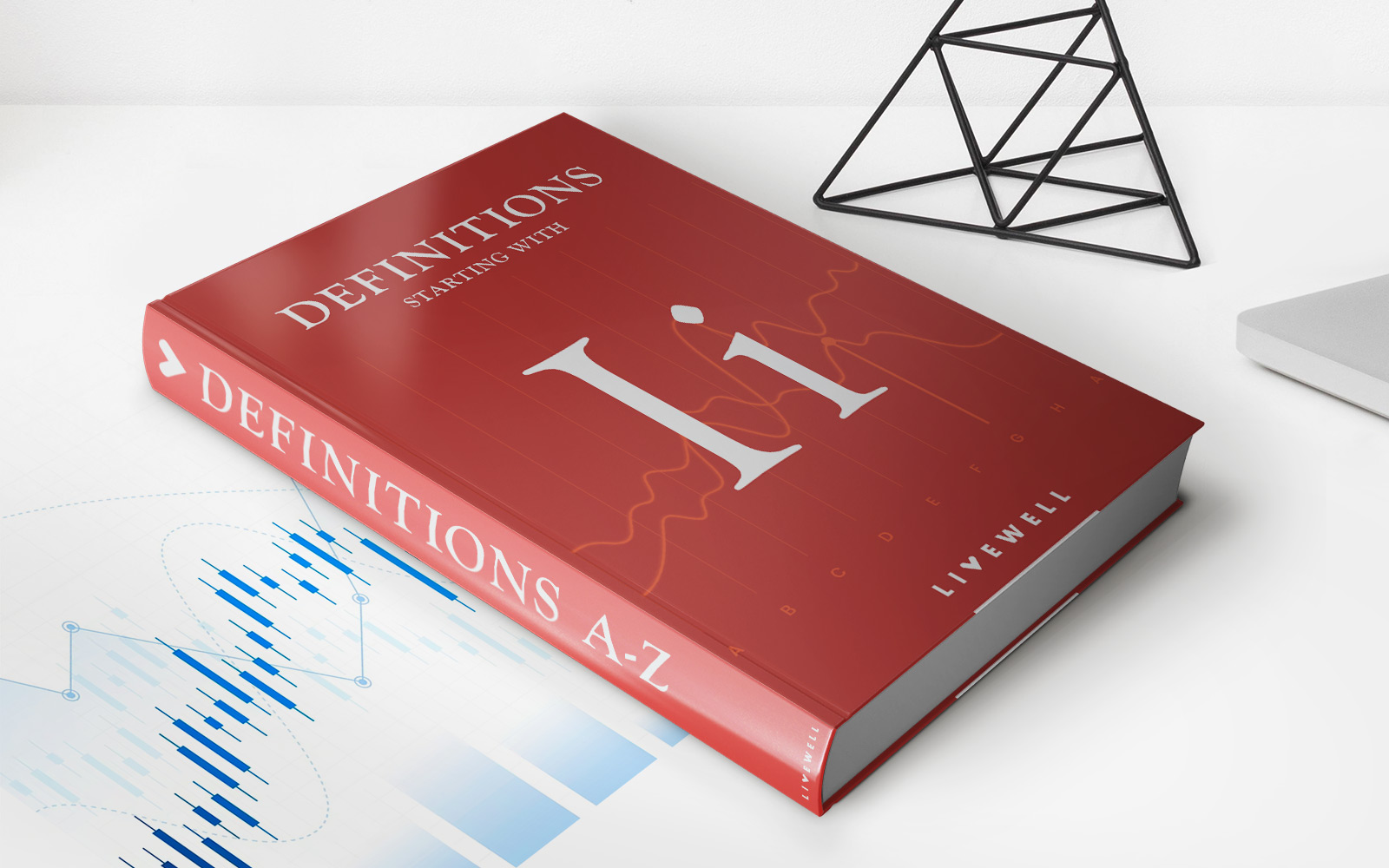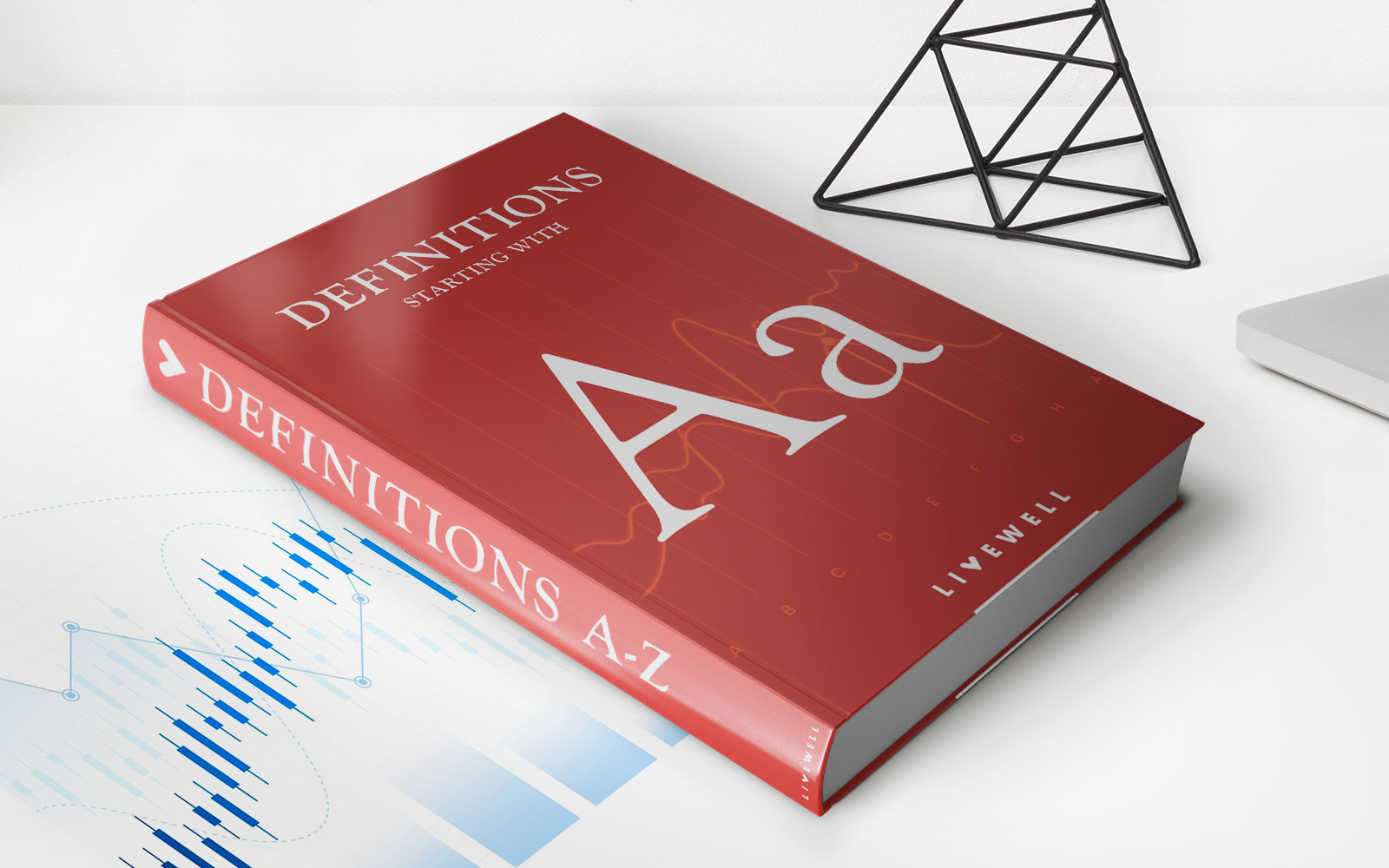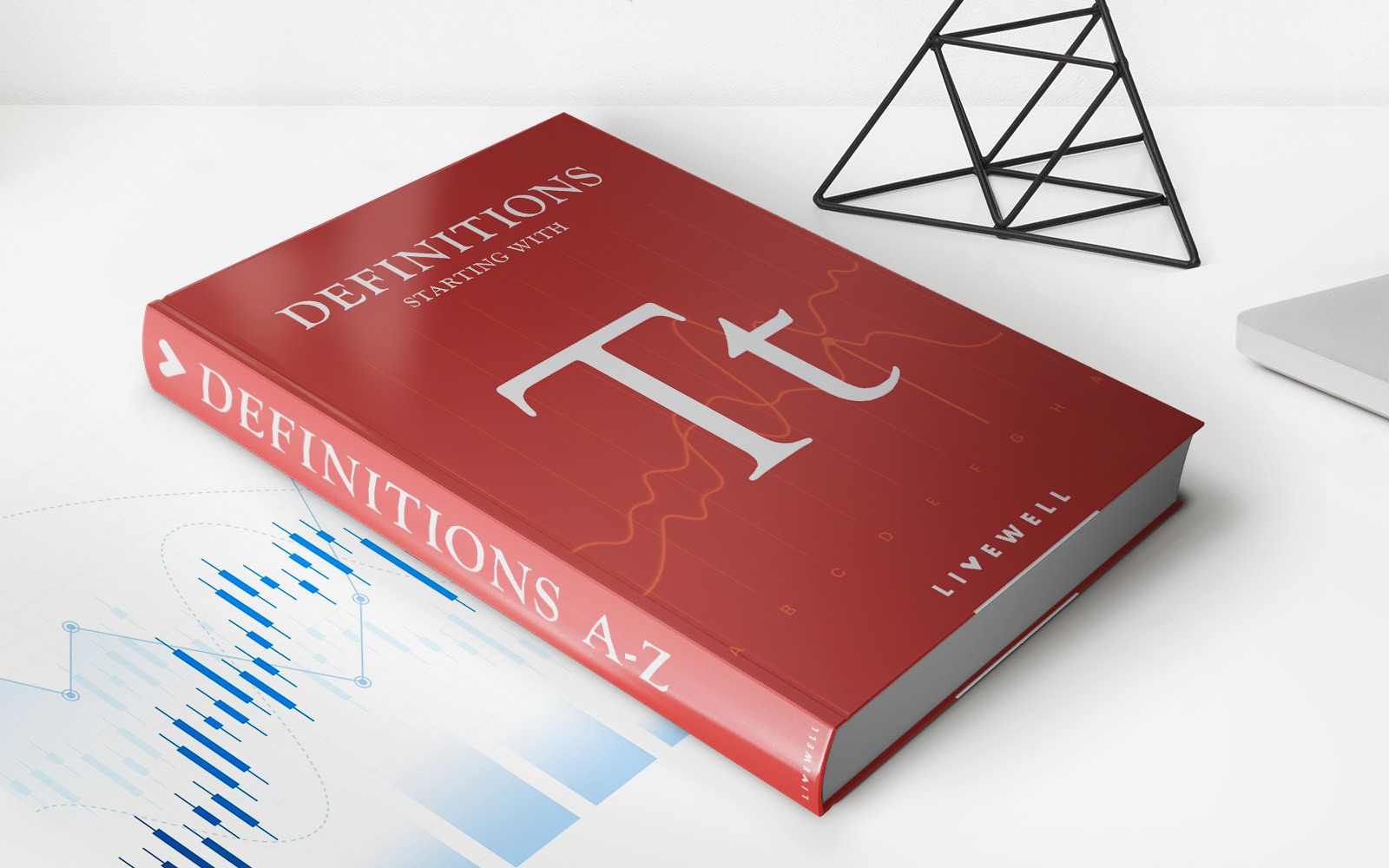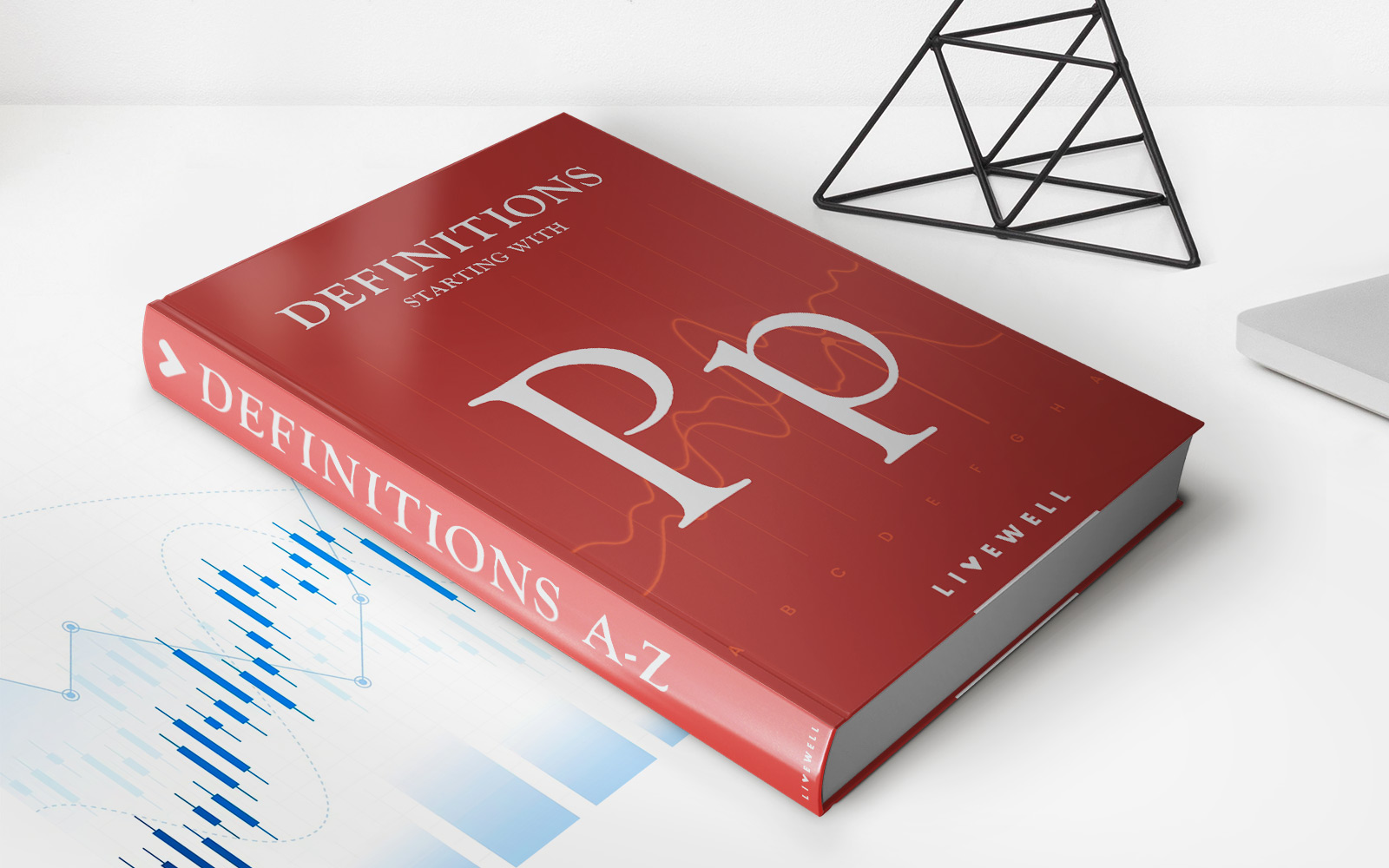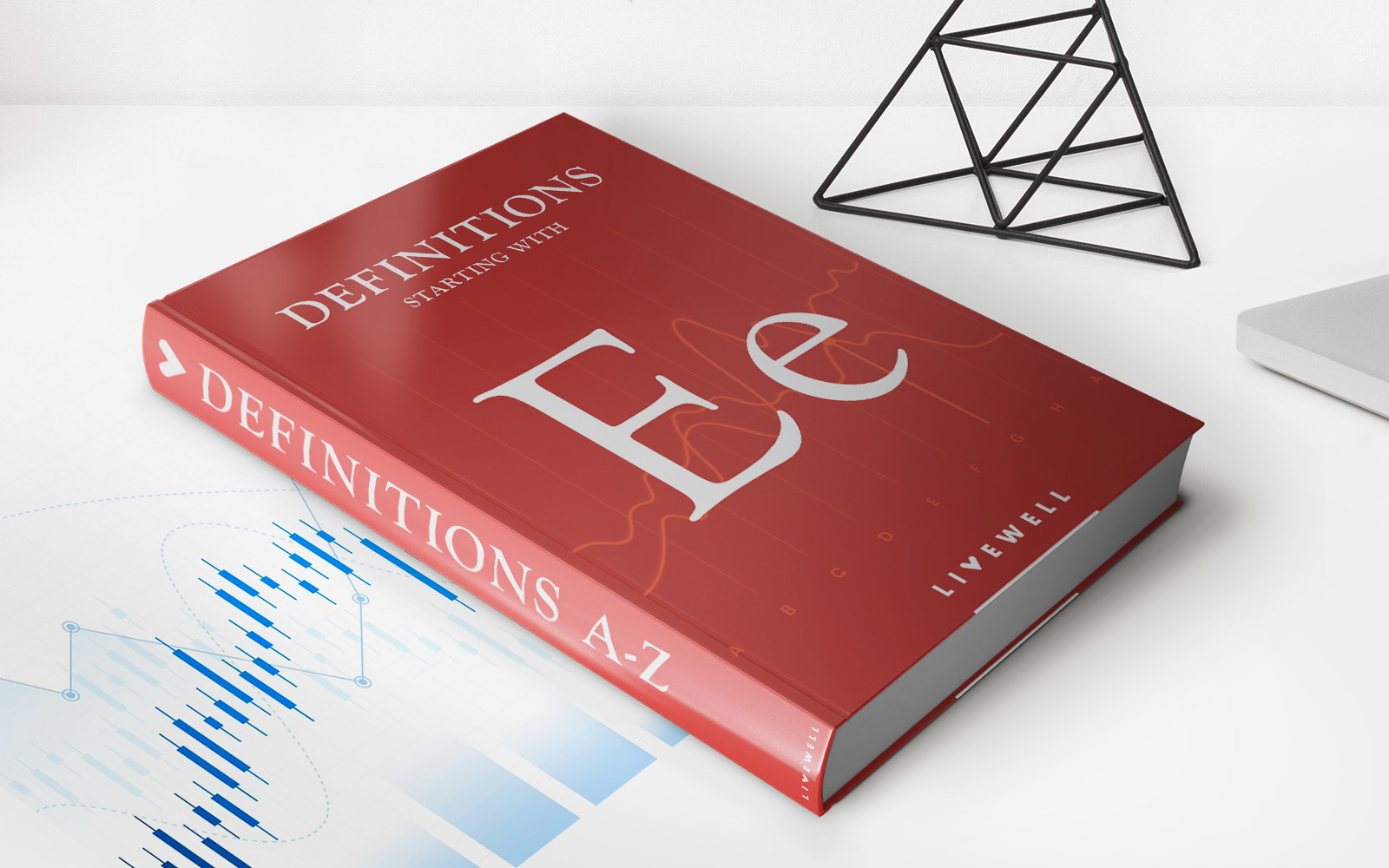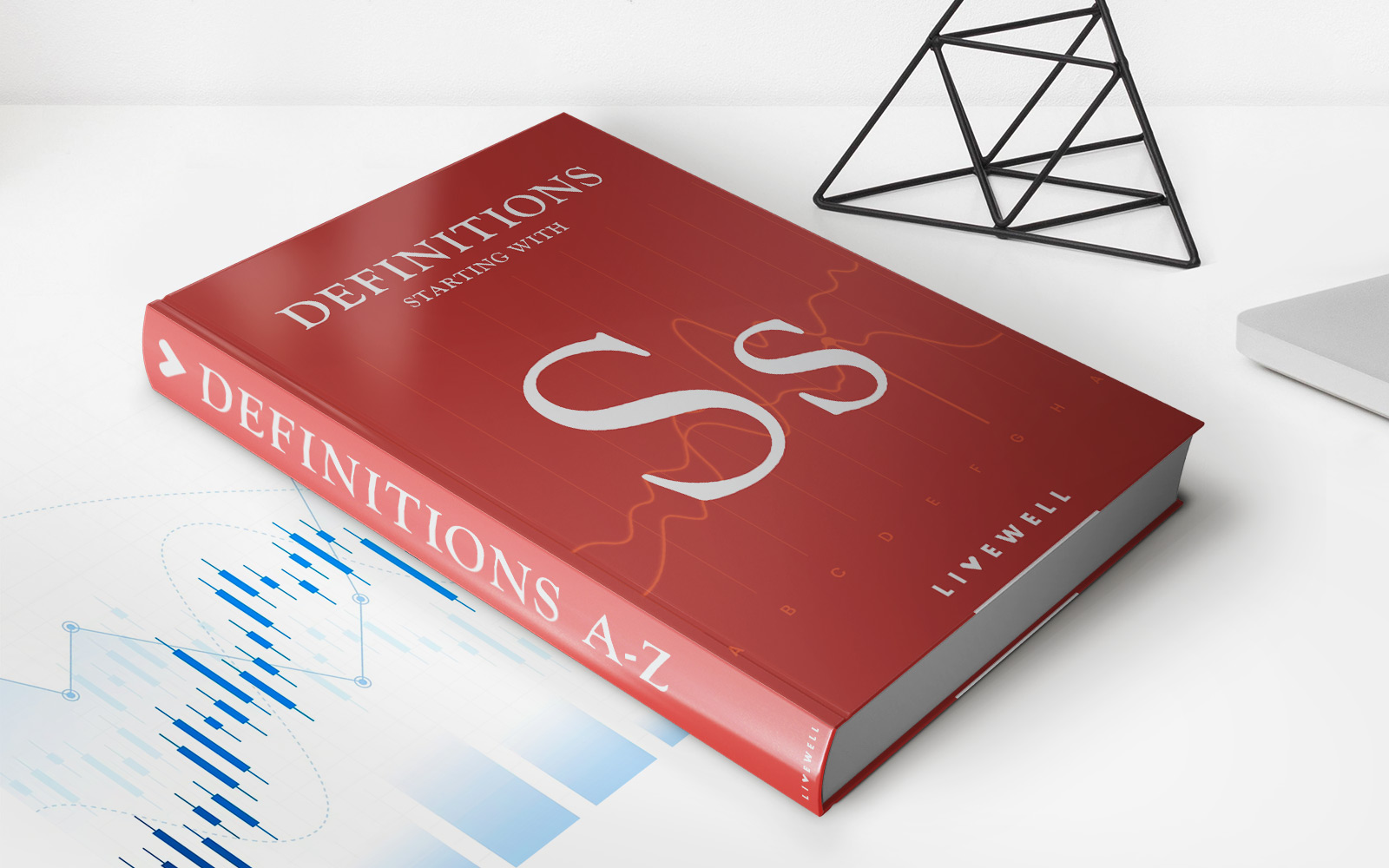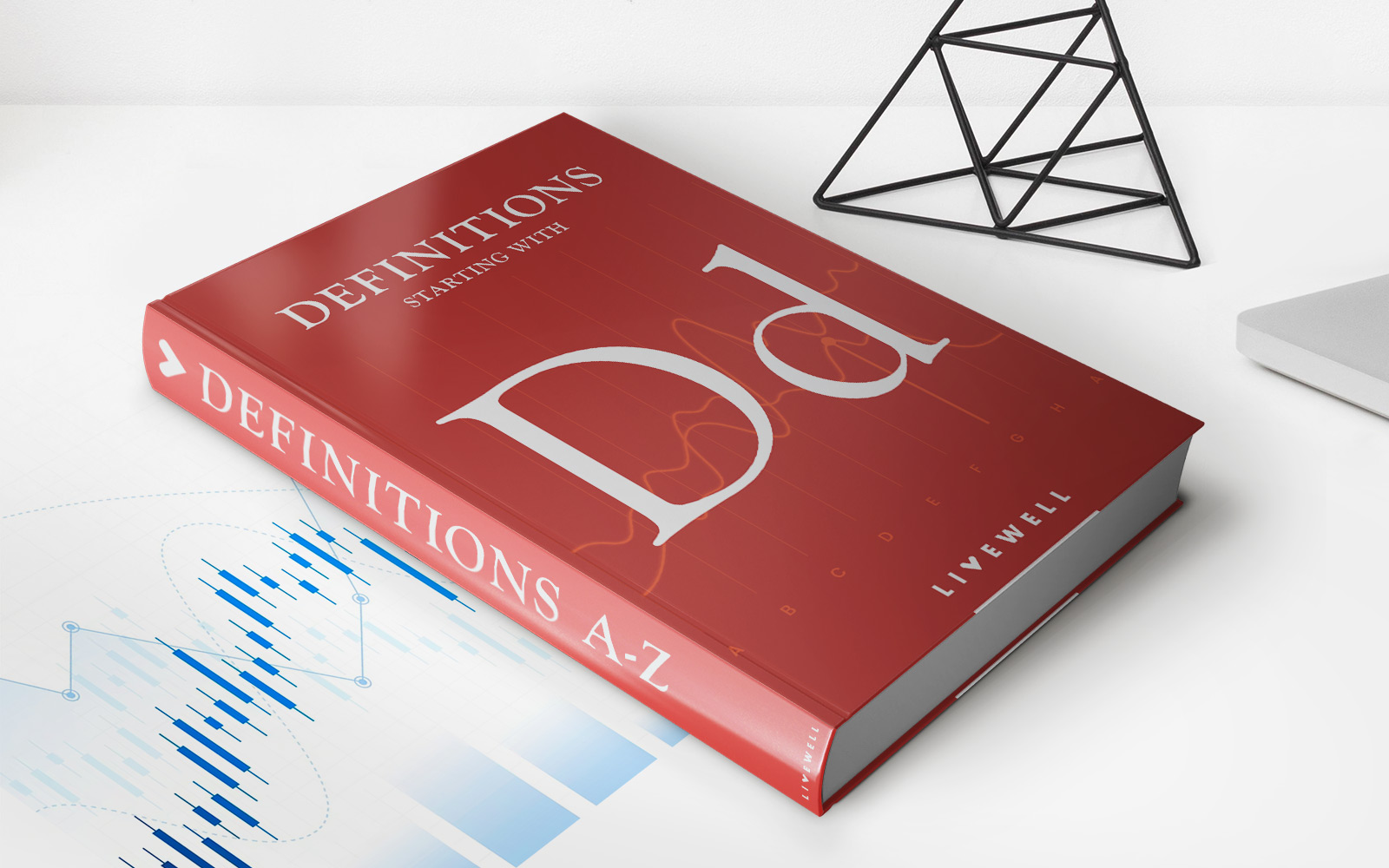

Finance
Disparity Index Definition
Published: November 12, 2023
Discover the meaning of the Disparity Index in Finance and how it is used to measure the difference between the current price and its moving average.
(Many of the links in this article redirect to a specific reviewed product. Your purchase of these products through affiliate links helps to generate commission for LiveWell, at no extra cost. Learn more)
Understanding the Disparity Index: A Powerful Tool in Financial Analysis
Finance, a dynamic field that impacts nearly every aspect of our lives, is filled with various metrics and indicators that allow investors and financial professionals to make informed decisions. One such tool that deserves a closer look is the Disparity Index. In this blog post, we will explore the definition, purpose, and significance of the Disparity Index in financial analysis.
Key Takeaways:
- The Disparity Index is a useful tool for investors and analysts to measure the relative performance of an asset.
- By comparing an asset’s current price to its moving average, the Disparity Index helps identify overbought or oversold conditions.
So, what exactly is the Disparity Index? In simple terms, it is a technical indicator that measures the percentage difference between an asset’s current price and its moving average. By comparing an asset’s price to its average, the Disparity Index provides insights into whether the asset is overbought or oversold.
Why is this important? Well, when an asset is overbought, it means that the price has risen too quickly and may be due for a correction. Conversely, when an asset is oversold, it means that the price has fallen too quickly and may be poised for a rebound. Recognizing these conditions can help investors identify potential entry or exit points.
The calculation of the Disparity Index is straightforward. It is given by the formula:
Disparity Index = (Current Price – Moving Average) / Moving Average * 100
Let’s break it down further:
- Calculate the asset’s moving average, typically over a specific number of periods (e.g., 20-day moving average).
- Subtract the moving average from the asset’s current price.
- Divide the difference by the moving average and multiply by 100 to get the Disparity Index.
The resulting index is expressed as a percentage. A positive value indicates that the asset’s price is above its moving average, suggesting overbought conditions. A negative value, on the other hand, implies that the asset’s price is below its moving average, signaling oversold conditions.
Now that we have a better understanding of the Disparity Index, let’s delve into its significance in financial analysis. Here are some key reasons why it is a powerful tool:
- Identifying Overbought and Oversold Conditions: As mentioned earlier, the Disparity Index helps traders and investors identify when an asset is excessively bought or sold, indicating potential reversals in price trends.
- Confirmation of Trend Reversals: When the Disparity Index reaches extreme levels, it can be used as a confirmation signal for trend reversals. For example, if an asset has been in a downtrend and the Disparity Index reaches an extreme negative value, it may suggest that a trend reversal to the upside is imminent.
- Filtering Trade Signals: By incorporating the Disparity Index into their trading strategies, traders can filter out false signals and focus on those that coincide with overbought or oversold conditions.
In conclusion, the Disparity Index is a valuable tool in financial analysis that provides insights into the relative performance of an asset. By comparing an asset’s price to its moving average, the Disparity Index helps identify overbought or oversold conditions, allowing investors and traders to make more informed decisions. Incorporating this indicator into your analytical toolkit can help enhance your investment strategies and improve your overall financial performance.
